Note: This website was automatically translated, so some terms or nuances may not be completely accurate.
Why not let AI transform your carefully crafted magazine articles into digital content?
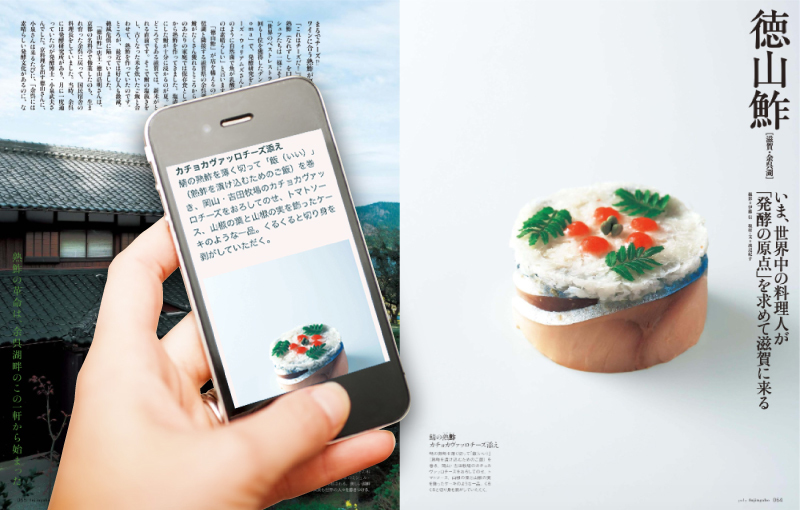
"No matter what, magazine articles are well-crafted."
Amidst the current spotlight on various issues with web media, the unique value of magazines is being highlighted.
However, it's not very common to see "articles originally published in print magazines" on digital media like the internet or smartphone apps.
This is because the original magazine layout is hard to read on small smartphone screens, makes linking difficult, and is simply unsuitable for digital viewing.
On the other hand, manually copying and pasting text and images from the magazine layout data to recreate data specifically for web or app use is an extremely laborious task.
"If only we could more easily repurpose articles created for print magazines for web and apps..."
This time, we introduce a new service that fulfills this wish of the magazine industry!
Expanding Publishers' "Valuable Assets" into the Digital World
My name is Terui from Dentsu Inc. Publishing Business Development Division.
Even as a student (and still today), while I dreamed of becoming a "magazine editor," I was simultaneously captivated by the inherent counter-spirit of the burgeoning "Internet." After joining Dentsu Inc., I consistently focused on "Magazines × Digital."
In 2011, I launched "Magaport," Dentsu Inc.'s electronic magazine business support system. It's a "distribution system for magazine content" that integrates management of sales to e-bookstores, submissions, accounting, advertising, and more. Thanks to our users, it's been adopted by approximately 150 publishers and over 1,000 titles, growing into one of Japan's leading electronic magazine platforms.
Now, we've newly implemented the "Magaport Article Service" within Magaport. This service automatically converts print magazine page data into "micro-content." It was made possible through the exclusive use of Fujisan Magazine Service's "fujisan Article Extraction System."
*Micro-content: Various data elements converted into a highly versatile format, such as text or images. For magazines, this includes data broken down into components like "title," "subtitle," "photo," "caption," "illustration," and "diagram."
The strength of magazine articles lies in their broad genre coverage combined with depth in each piece and high readability quality. Editors and writers, professionals in their respective fields, compete with article proposals, conduct interviews, verify facts, and undergo professional proofreading. Each piece is a valuable content item requiring significant time and effort.
On the other hand, as discussed later, there is a growing demand from companies to utilize these high-quality magazine articles on websites and smartphone apps.
It would be a waste to let magazine articles, created with such passion, end their life after just one print sale. There's no reason not to let many companies utilize them in the digital world and let even more people experience their excellence!
"A whole magazine's PDF data" becomes "HTML data for each individual article"!
This service achieves "magazine micro-contentization" by allowing you to simply submit a "PDF file of an entire magazine," and AI automatically converts it into "HTML data for each individual article."
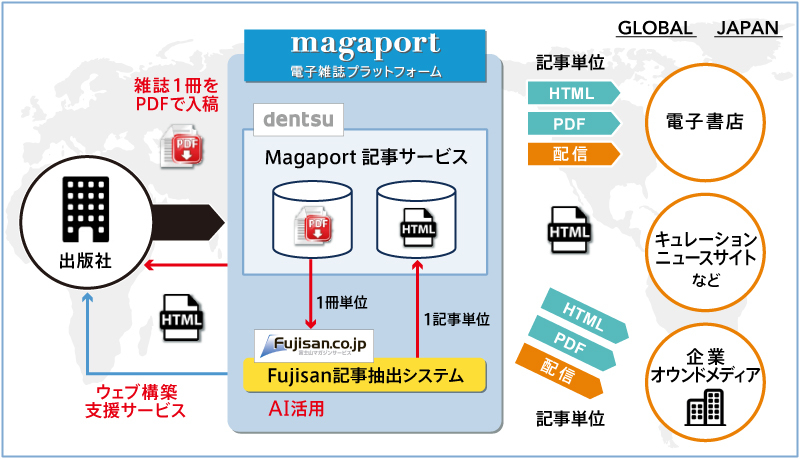
The HTML data of micro-content articles can be distributed and sold "article by article" to publishers' own web media, e-book stores, corporate owned media, news curation apps, and more.
Magaport supports everything from this micro-content conversion to distribution!
[Summary: Key Features of This Service]
・Automatic conversion from full-issue PDF data to HTML data
・Publishers only need to provide PDF data for one magazine issue
・The entire process from conversion to distribution can be completed within Magaport
Leave the tedious micro-content conversion of magazine articles to AI
Let's explain why "article-level micro-content conversion" is so powerful.
One of the strengths of magazines is the ability to vary layouts according to editorial intent. This includes using "cut-out photos" of people or products, or placing images on the page background with text overlaid on top... resulting in often complex layouts.
Web browsers and smartphone apps, however, are designed for scrolling reading and require relatively simple layouts. This tendency is especially strong on small smartphone screens. Simply distributing magazine pages as PDFs digitally often leads many users to find them "hard to read" or "unfriendly."
Therefore, when digitally publishing magazine articles, it's necessary to "start the layout from scratch and restructure the text and photos that make up the article for smartphones."
However, PDF data of magazine pages does not retain information about what attributes elements like "title," "lead," "heading," "body text," "photo," and "caption" are, nor how these parts relate to each other.
Traditionally, this work could only be done by visually checking text and images, manually determining relationships one by one, such as "this caption belongs to this image" or "this body text goes under this headline."
Magaport's article service automates all these tedious tasks.
The service's AI automatically determines the attributes and relationships of each part and rearranges them appropriately. As a result, the content is displayed in the optimal format for the destination website and the device being used.


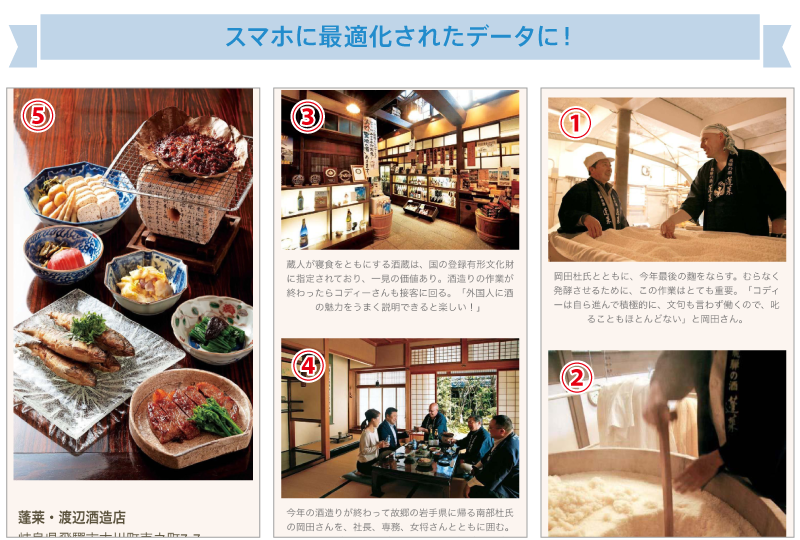
This AI conversion system is Fujisan Magazine Service's "fujisan Article Extraction System," the core of the Magaport article service.
Tasks like conversion and restructuring, which previously required significant manual effort, time, and cost, can now be delegated to AI, drastically reducing both time and expense.
[Summary: Key Points of This Service]
・AI determines article components like "headlines," "body text," and "images"
・Automatically rearranges each component into the appropriate order, just like reading a print magazine
・AI-powered automatic conversion enables delivery in a short timeframe and at low cost
From e-bookstores to owned media, the demand for magazine articles is limitless!
Magaport's article service converts magazine articles to HTML, which can then be fed into the CMS (article distribution service system) of the destination website using Magaport's distribution system.
Publishers can easily distribute articles not only for secondary use on their own magazine sites but also to corporate owned media and e-bookstores.
Furthermore, magazine articles can be distributed from Magaport to "NewsCred," a global digital content marketplace.

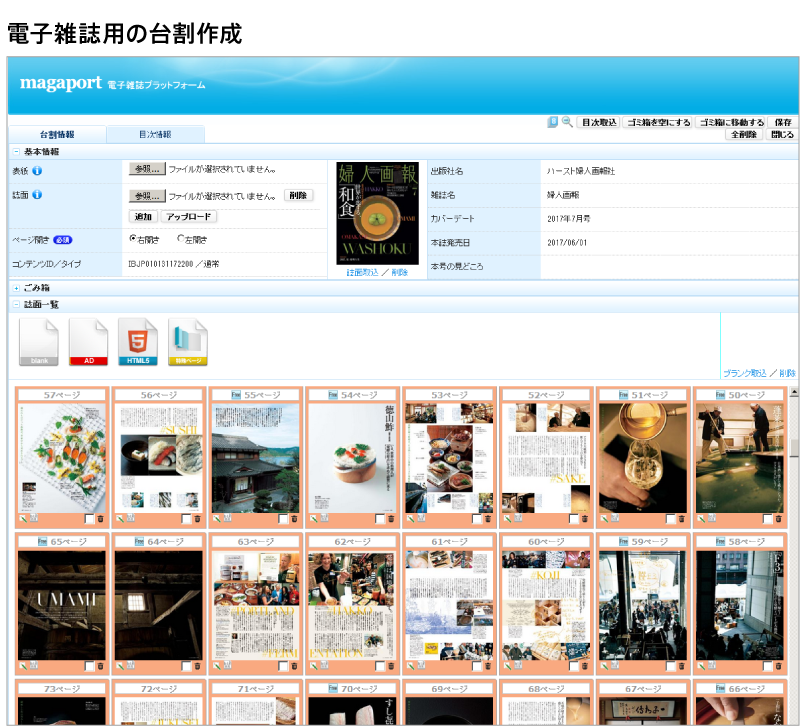
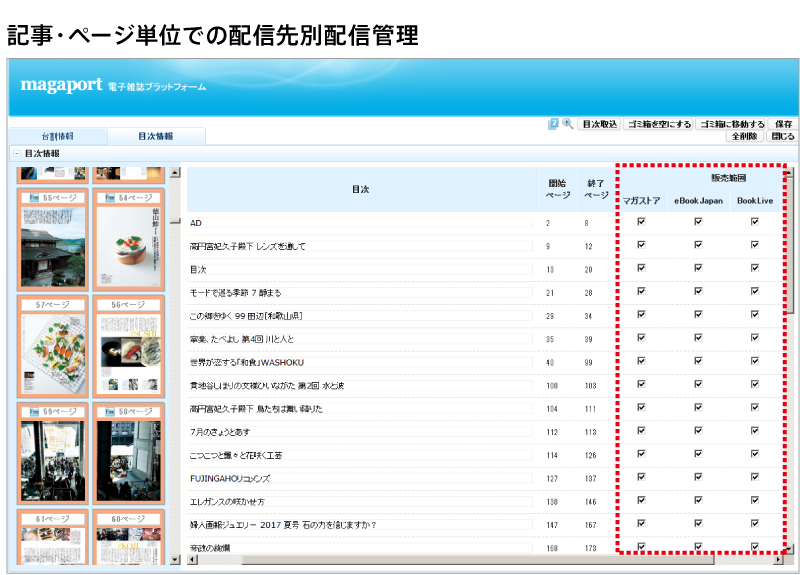
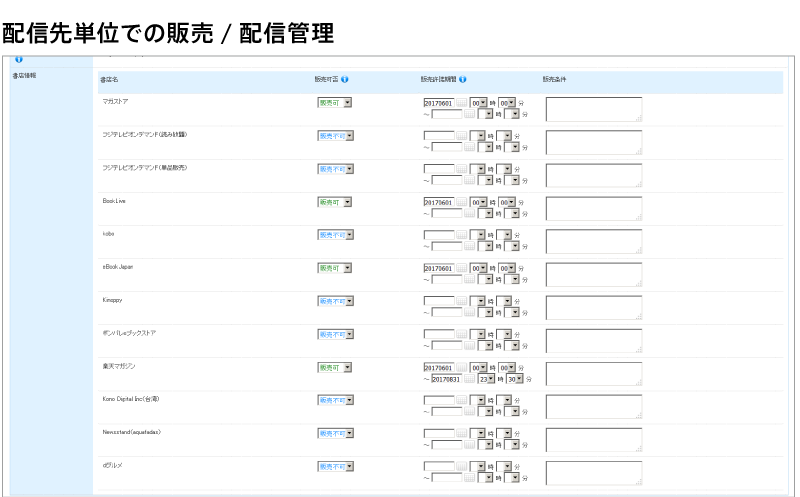
Below are examples of how HTML-converted magazine articles are utilized.
● For Publishers... "Efficiently Expand Your Own Site's Content"
Articles created for print magazines can be repurposed for their own magazine websites, efficiently expanding content. Data can be fed from Magaport into your existing CMS and instantly reflected on the website (with full re-editing capability, of course), significantly boosting workflow efficiency!
Articles optimized for the web and easier to read can effectively convey the magazine's appeal to new audiences, such as younger demographics who don't typically read magazines. Using magazine articles on social media platforms also becomes much easier.
For publishers without a website construction system or dissatisfied with their current one, Magaport offers a bundled, affordable solution as part of its article service. This includes CMS, e-commerce, membership management, and DMP (Data Management Platform) construction solutions.
● For companies operating owned media... "Enhancing High-Quality Content"
You can efficiently increase high-quality content. For example, an automotive manufacturer's owned media might start sourcing outdoor-related articles or car reviews from specialized magazines.
Moving forward, Magaport will enable article-level and page-level "tagging" of HTML files. This allows efficient planning of articles suitable for owned media through keyword searches.
● For digital magazine services... "Achieving a smartphone-optimized user experience"
Traditional e-magazines were distributed with the fixed layouts of their print counterparts. With micro-content data, layouts can be optimized for readability based on screen size: a tall, vertical design for smaller smartphone screens and a more flexible, original design for computers.
This improves readability and facilitates links to e-commerce and videos, significantly boosting user satisfaction.
●Brochures, DMs, and more... "Micro-contentize all print media"
This service isn't limited to magazine articles. Any PDF data can be converted into micro-content (HTML). It can also be used for corporate brochures, municipal tourism guides, and more!
[Summary: Key Points of This Service]
・Target users: Companies wanting to use magazine articles on owned media, e-book stores, news apps, etc.
・Naturally, publishers can also expand their own site content
・Not just magazines—brochures and more can become digital content
Why do owned media outlets worldwide want "magazine articles"?
The demand for utilizing "magazine articles" on corporate owned media is growing. We are currently providing magazine articles to various corporate owned media, including gourmet content services, travel information sites, and automotive manufacturers.
The purposes for operating owned media vary: company branding, product/service awareness, e-commerce, membership acquisition, and more. Regardless of the goal, building positive relationships with users is a common desire among owned media managers.
To achieve this, expanding high-quality content is essential, but
"We want to keep adding high-quality column articles, but we lack the time and budget."
"It's difficult to plan each piece individually, commission professional external writers for interviews and writing, and manage the direction."
These are common challenges faced by many.
We strongly encourage owned media managers at such companies to make full use of this service.
Publishers, who provide the articles, can easily select "articles on themes desired by companies" with a single click from their diverse range of magazines on Magaport—including lifestyle, women's fashion, gourmet, travel, sports, and automotive magazines—convert them into micro-content, and deliver them effortlessly.
With upcoming features like tag search and full-text search, both content providers and recipients are likely to see increased cases of "leveraging magazine articles for digital marketing."
Respect for editors is at the core of this service
Fundamentally, the reason we created this service might stem from our respect for editors.
You can feel the editor's dedication in every article, and the volume of information per theme is substantial. They're packed with dense, reliable content. Yet, magazines have a short lifespan—often just one month for monthly publications and a mere week for weekly ones. When you think about it, magazines are quite a luxury.
The idea originated from wanting more people to see and use these valuable magazine articles!
A current trend in online media is that anyone can easily create and publish articles, and if they make a mistake, they can quickly rewrite the content. This ease might be contributing to a decline in the resolve to publish articles seriously. I believe the renewed appreciation for magazine articles—articles created with genuine dedication by professional editors—is partly due to this.
Finally, converting magazine articles to HTML makes it easy to utilize text data on an article-by-article basis. Text data is convenient for both search and translation. In the near future, as the accuracy of automatic multilingual translation improves, it will become possible to simultaneously distribute Japanese magazine articles worldwide in the local languages of each country. This will facilitate global expansion and open up new business opportunities.
This service is just getting started. In the future, we plan to make it even more user-friendly through improvements like recommendations and targeting using "article-level viewing information," developing new advertising technologies using articles, and creating new services combined with blockchain technology.
We believe in the power of magazines. Stay tuned for the future of Magaport's article service.
Was this article helpful?
Newsletter registration is here
We select and publish important news every day
For inquiries about this article
Author

Shinichi Terui
Dentsu Inc.
Publishing Business Development Division
Joined Dentsu Inc. in 1999. After working on magazines such as CanCam and LEON, he is currently engaged in new business development utilizing magazine content, joint venture development with major IT companies, and advertising business development in the "Magazine × Digital" domain. His hobby is flying drones.
